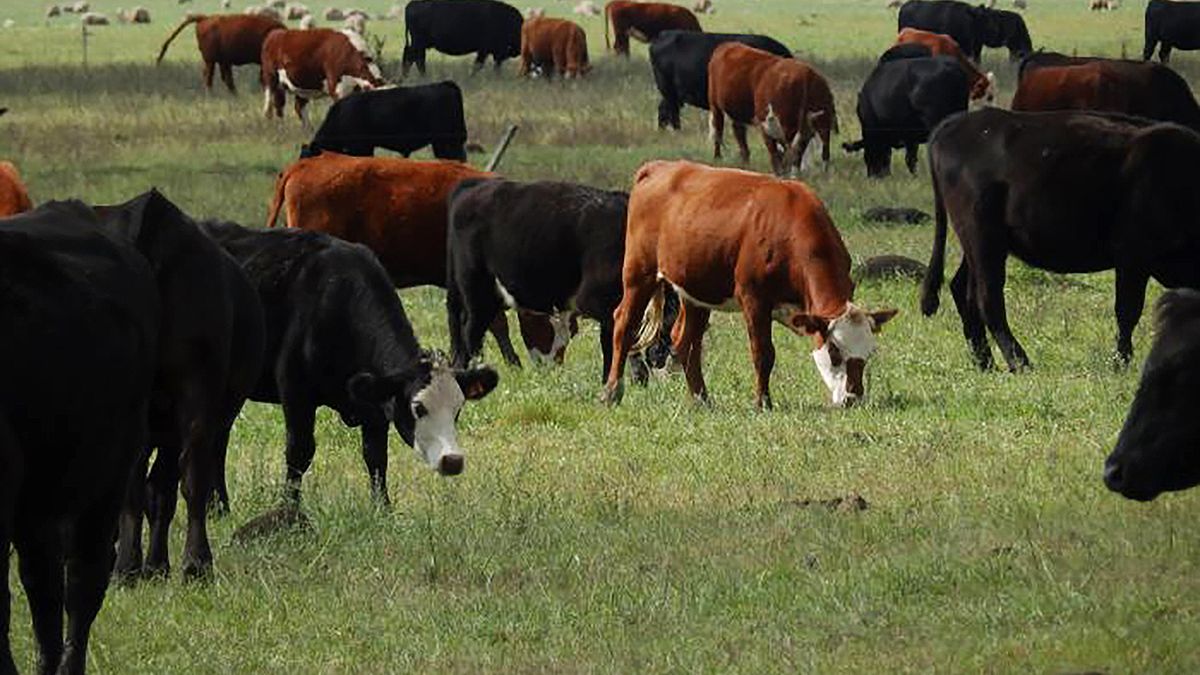Prices in dollars for steers in the region of Mercosur They had different behaviors, where Argentina was marked by exchange rate uncertainty and inflation, Uruguay due to a great dispersion of prices, while Brazil did not register changes and Paraguay It is the only one that shows a strong recovery.
For the first time in a long time, Uruguay is experiencing the fact that this week the Consignees Association could not determine the price of the steer for export due to the great dispersion of values. Because of this, they established a wide reference range that ranges between $2.95 and $3.25 per kilo.
On the other hand, last week’s slaughter was 49,000 head of cattle, which meant 24% more than the previous week and 13% more than the average of the previous ten weeks. On the other hand, exports had a week at a low pace, pointing to a little more than 20,000 tec in the month, half of what was achieved last year.
What happens in Mercosur?
The region was plagued by disparate behavior among the countries that make it up. In Argentina political and economic uncertainty, inflation, the exchange rate run and the elections that are approaching, led to severely restricting supply.
Meanwhile in Brazil The price of the fat man closed at the same price as last week. Although there was a small increase, it was offset by a devaluation of the same magnitude. Meanwhile, in Paraguay The market recovered 55 cents from the low reached a fortnight ago.
Bad news on export
The last statement of the National Meat Institute (Inac) of the Uruguay, assured that the beef exports they fell 23.6%. According to Inac, the meat sector allowed an income of 2,711,752 dollars, of which 79.9% corresponds to beef4.6% primary byproduct for industrial use and thirdly offal with 4.2% of exports.
The most relevant markets were, first of all, China with 58.6% with 278,433 tons of beef. In second place was the Agreement between the United States, Mexico and Canada (USMCA) with 20.1% of the total, representing 95,262 tons and, finally, the European Union (EU) with 8.0% and with 37,807 tons of beef.
Source: Ambito




